The rotary engine is an ingenious piece of work. And, like a lot of bold engineering, it has, over the years, polarised the public as well as making and breaking some of those carmakers which took it on.
The rotary design uses the same principles as a conventional petrol engine, including compressing a mixture of fuel and air and igniting it inside the engine itself.
The big difference is that a rotary uses no pistons to do this, relying instead on a plate(s) that rotates eccentrically inside the engine to create the combustion chambers as it spins.
The advantages include the fact that the rotary has no heavy bits and pieces going up and down, so it tends to be smooth. It’s also very powerful for its displacement and physically compact, so it can fit in small engine bays.
Downsides include a relative lack of fuel efficiency, poor tailpipe emissions as a result and a tendency – especially in the early days – to have a short lifespan. It was the latter characteristic that some carmakers discovered the hard way.
The list of what cars have rotary engines is perhaps longer than you might imagine, but they weren’t all winners by any means. So, what have been the best – or, at least, most notable – cars with rotary engines over the years? Here’s our top five:
1. Mazda RX-7 1978 to 2002

By far the most successful rotary-engined franchise the world has ever seen, the RX-7 was Mazda’s sports car throughout the late 1970s, '80s and '90s.
A sleek coupe body was the basis of the rotary Mazda, and the model is unique for not being available with a non-rotary engine option (as most Mazda rotaries were).
The performance headlines were all about the sharp, rev-hungry rotary engine and the uncanny smoothness of the thing.
The RX-7 eventually became turbocharged and every model is, today, seriously collectible. Alan Moffat even raced an RX-7 successfully in Australian touring car racing in the 1980s, proving the versatility of the concept.
It’s probably also fair to say that Mazda, by sticking with the concept for so long, has arrived at the best rotary engine out there.
2. NSU Ro80 1967 to 1977

The Ro80 was an incredibly advanced car for its time and, some would argue, too advanced for its own good.
West German manufacturer NSU was behind the project which aimed to offer a family car with world-beating performance and dynamics.
Innovations included a clever semi-automatic transmission, front-wheel drive and a spacious body. But the rot set in early, and the rotary engine was so spectacularly unreliable, some Ro80s had multiple engines fitted under warranty.
Eventually, it was all too much and the whole company collapsed in the wake of the cost and reputational damage of the Ro80.
VW acquired the brand in the late 1960s and it was absorbed into the Audi conglomerate, a victim of the rotary’s fragility.
3. Mazda 787B 1990 to 1991

With a name like 787B, it sounds like something from the Boeing catalogue, but the reality is this Mazda went like a jet anyway.
It wasn’t a road car, but rather a Mazda race-car designed to race in the prototype classes of events such as the 24 Hours of Le Mans.
With a four-rotor engine (Mazda road cars mostly used a twin-rotor design) the 787B was able to conjure up about 450kW of power.
And while it lacked qualifying speed, in 1991 at Le Mans, it finished first outright, the first time a Japanese manufacturer had claimed the title and the only time a car without a conventional piston engine had won.
4. Mercedes-Benz C111 1969 to 1970

As an experimental car, the C111 never made it into production but has made the leap into folklore like few other concept cars have ever managed.
While Mercedes was busy trying all sorts of alternative powerplants around the same time, the original C111 used a three-rotor rotary engine before switching to a four-rotor layout which was allegedly good for 257kW of power and could propel the exotic looking coupe to better than 300km/h.
The company produced just 16 C111 prototypes, 13 of which were rotary powered.
5. Mazda Roadpacer 1975 to 1977

Perhaps not a great car per se, the Mazda Roadpacer was, nevertheless an interesting car, particularly to Australians. That’s because it was based not on a Mazda platform, but the HJ and HX Holden Premier bodyshell.
The idea was to give Mazda a large, luxury sedan to compete with limousines from Toyota and Nissan. So, Holden bodies were shipped to Japan without engines or transmissions, before Mazda fitted them with the 13B rotary engine and an automatic transmission.
Performance was hopeless thanks to the paltry torque of the rotary engine in a very lame state of tune, and with that big, heavy body to lug around, Mazda wasn’t fooling anybody.
In the end, Mazda sold about 800 Roadpacers making the car a very interesting flop.
Rotaries have never been a common fitment to mainstream cars, but these days, they’re just about extinct thanks to their high fuel consumption and poor emissions. Which means, the future of the rotary engine appears to be as a range-extender for hybrid drivelines.
By using modern materials and turning the engine to run more efficiently at a given rotational speed, the compact rotary can recharge a hybrid’s batteries on the run without the usual downsides.
In this format, the rotary engine never drives the car’s wheels, but keeps the battery charged to allow the electric motor to perform that task.
It seems a bit of a fizzle-out for an engine concept that promised so much, yet, in reality, contributed relatively little to the overall motoring landscape.
That said, those who love their rotaries tend to be utterly devoted to the concept and will doubtless keep the movement alive.
This can be seen when you search for a rotary cars for sale or even a stand alone rotary engine for sale. Prices have gone ballistic in recent years, underlining that fanaticism.




.jpg)

.jpg)
.jpg)
 copy.jpg)
.jpg)
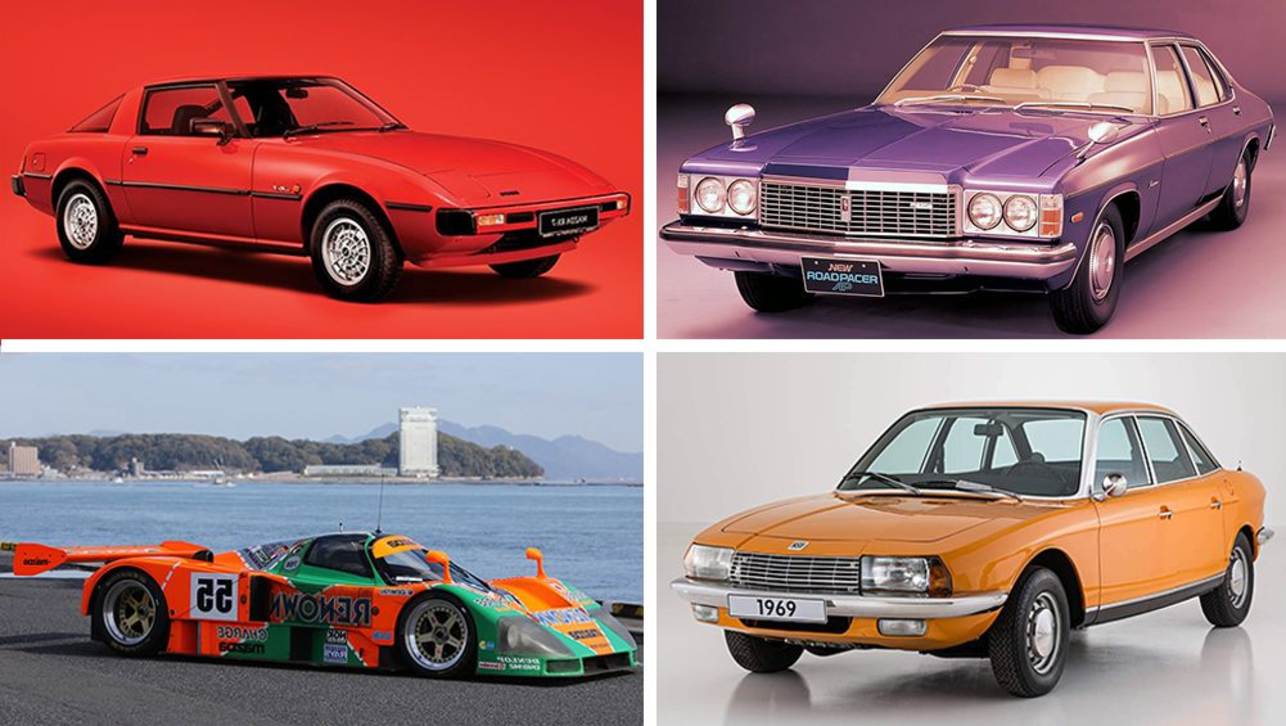
.jpg)
.jpg)
.jpg)
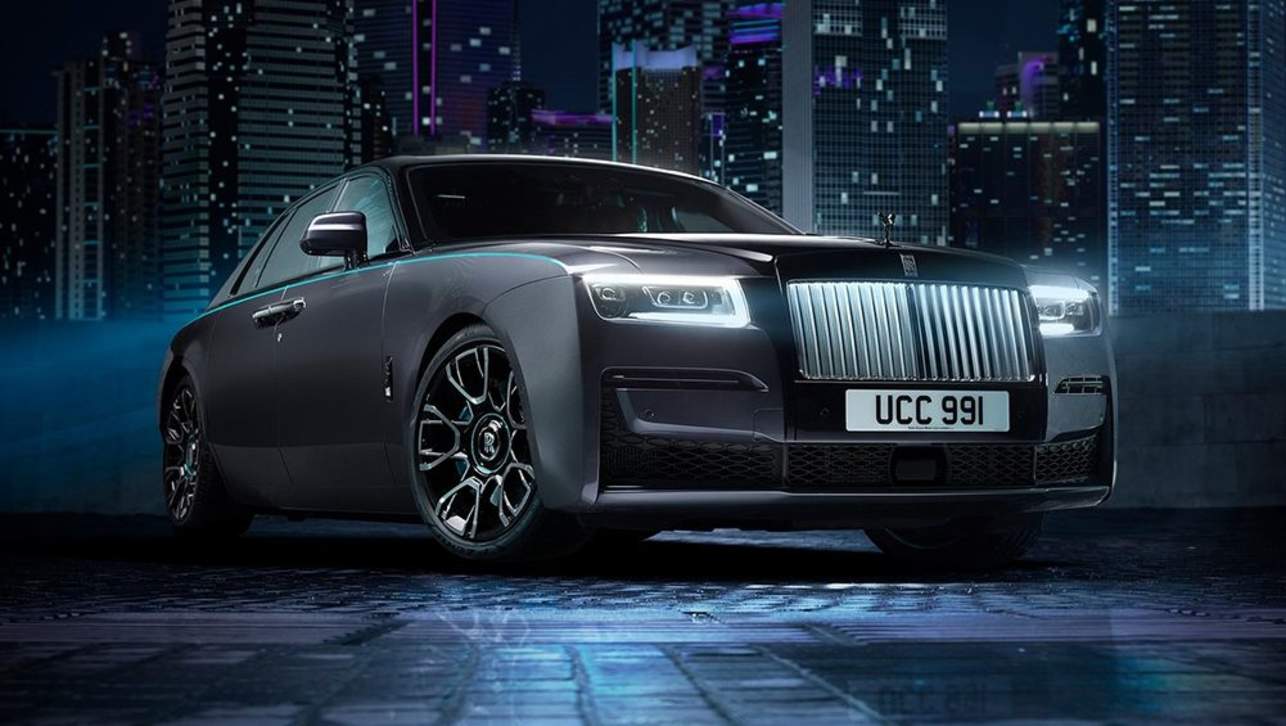





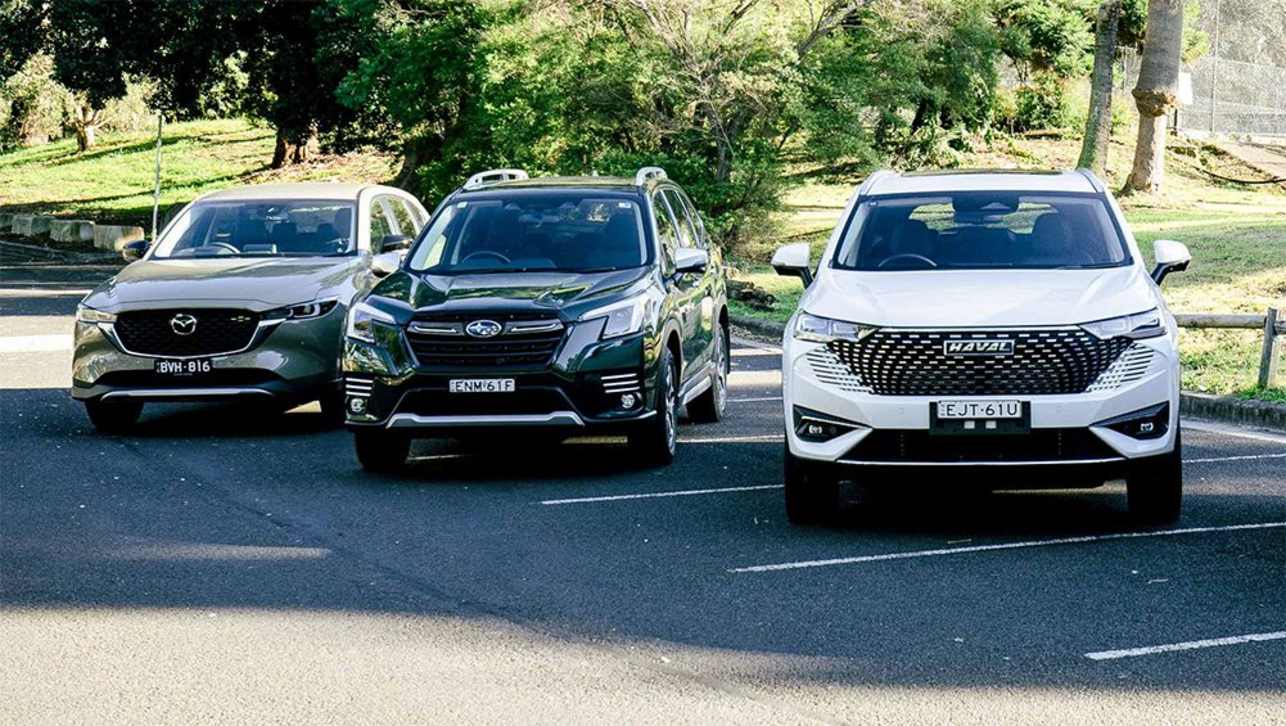
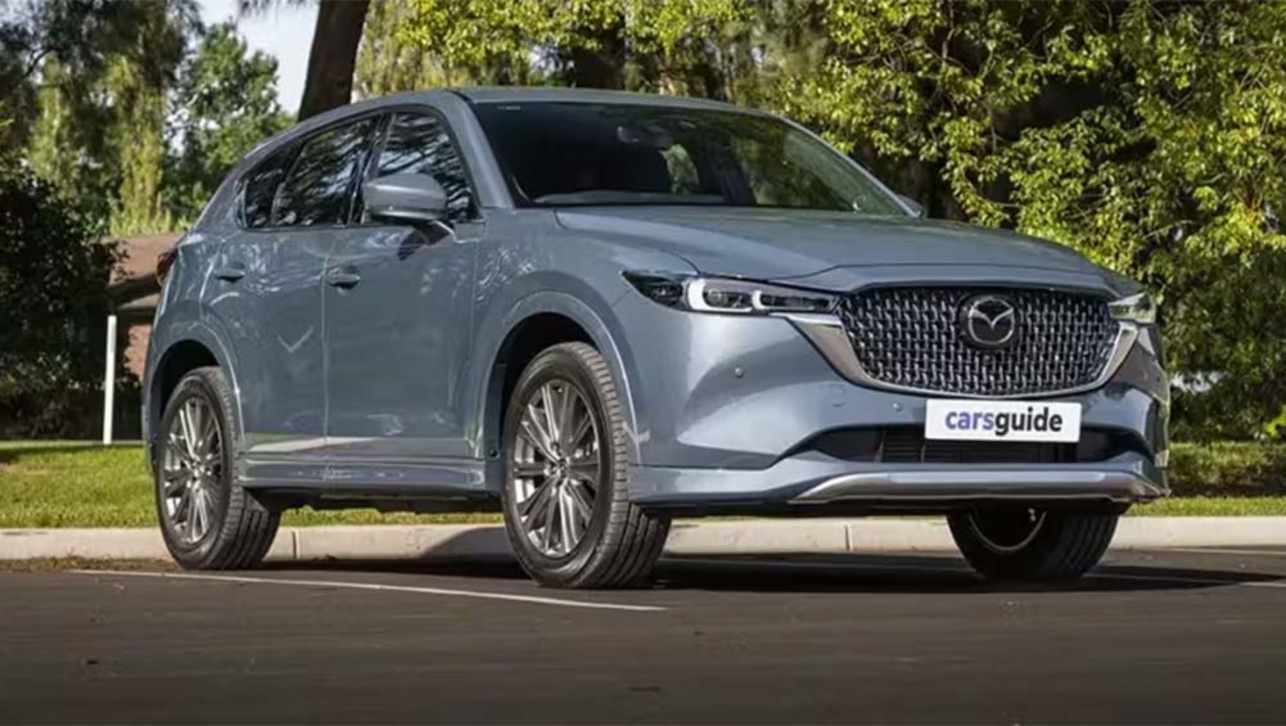
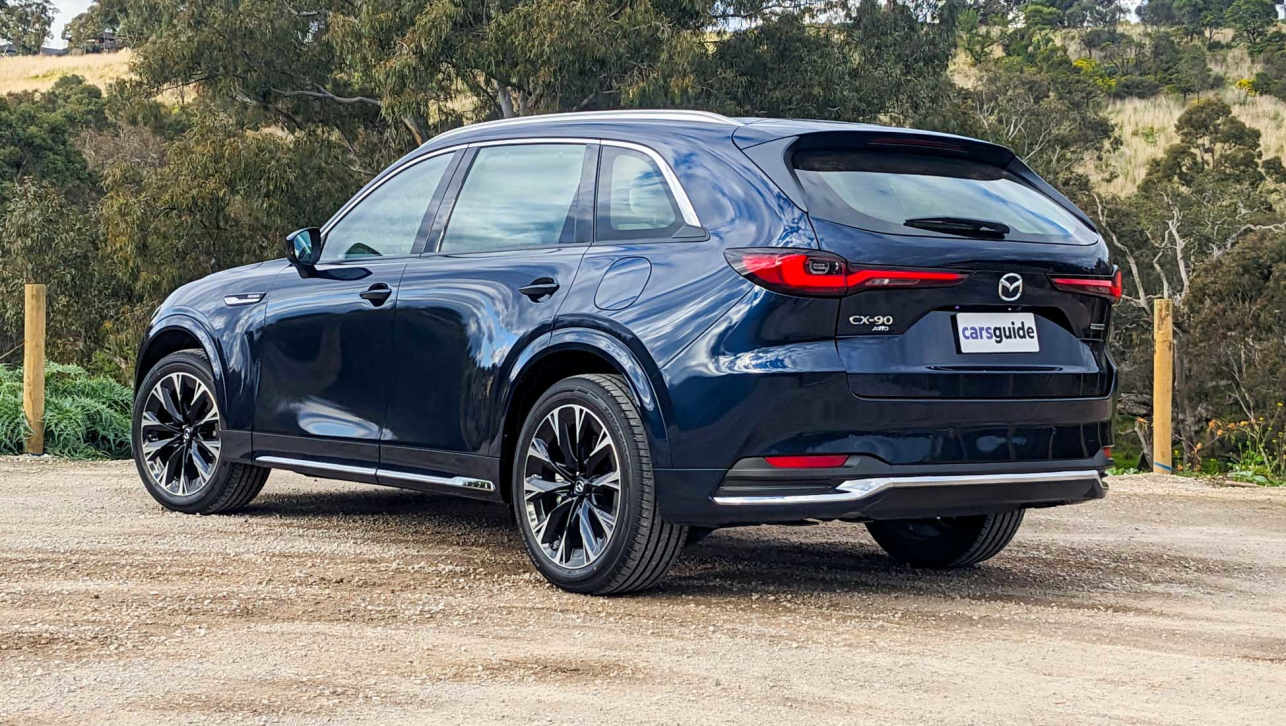
.jpg)





Comments